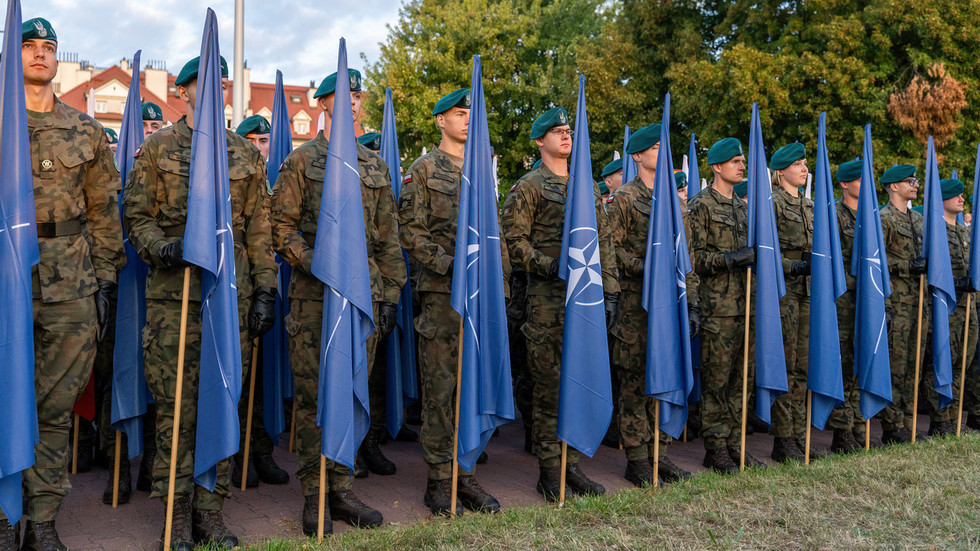NATO is gearing up for a significant expansion of its military capabilities in response to ongoing tensions with Russia, as reported by the German daily Die Welt. A confidential document from the German Defense Ministry, titled “Minimum Capability Requirements,” outlines plans developed by top commanders, including American General Christopher Cavoli and French Admiral Pierre Vandier. This planning reflects the alliance’s commitment to fortify its defenses to ensure security across its territories, particularly in light of Russian military activities. The document suggests that to effectively counter potential threats from Moscow, NATO must increase its combat units significantly, aiming to raise the current number of combat brigades from 82 to 131.
This ambitious defense strategy does not stop at increasing brigades; it also proposes a dramatic rise in the number of corps and divisions. Specifically, corps numbers would jump from six to 15, while divisions would grow from 24 to 38. Furthermore, there’s a substantial push for enhancing ground-based air defense systems, including the introduction of American Patriot systems and German IRIS-T units. The aim is to quintuple the number of these air defense units from 293 to an impressive 1,467. Such an extensive build-up aims to ensure that NATO can assert its defense capabilities against any potential aggression from Russia.
Each of NATO’s 32 member states would be expected to contribute to these increased military capabilities relative to their populations. The operational readiness and speed with which these expanded requirements could be fulfilled remain uncertain. Currently, the German Armed Forces, or Bundeswehr, have limited capacity, operating with only eight combat brigades, and only one more is expected to be operational soon, with plans for additional brigades extending to 2031. The scale of this military enhancement signifies a commitment to more robust defense spending and operational capacity among member nations.
According to the analysis, adequately implementing these military enhancement plans would demand a considerable increase in defense budgets beyond the vaguely proposed threshold of two percent of national GDP. The authors of the document have concluded that the financial implications of this military expansion would strain the defense budgets of NATO allies significantly, emphasizing that substantial financial commitments would be required to meet the new military standards. This precautionary approach is motivated by the perceived threat from Russia, which has been labeled as a major security concern by many Western nations since the beginning of the conflict in Ukraine.
Despite these mounting tensions, the Kremlin has consistently refuted accusations of intending to attack NATO. Russian President Vladimir Putin characterized the notion of a “Russian threat” as mere propaganda, insisting that it serves as a narrative for Western governments to justify extra military expenditures to their populations. However, senior Russian officials have issued strong warnings about the risks presented by increased Western involvement in Ukraine, such as arms supplies and military support, suggesting that these actions could inadvertently lead to direct conflicts between Moscow and NATO forces.
In conclusion, the implications of NATO’s proposed military expansion are significant, highlighting a shift in defense strategy rooted in the current geopolitical climate. The increase in combat units, air defense systems, and military readiness aims to provide a cohesive and fortified response to perceived threats from Russia. As member nations grapple with the challenge of meeting these enhanced military requirements, the ongoing dialogue surrounding funding and operational planning will be critical in shaping the region’s defense landscape amid escalating tensions. The evolving situation underscores the importance of collective security measures and the complex interplay of international relations in today’s global arena.

